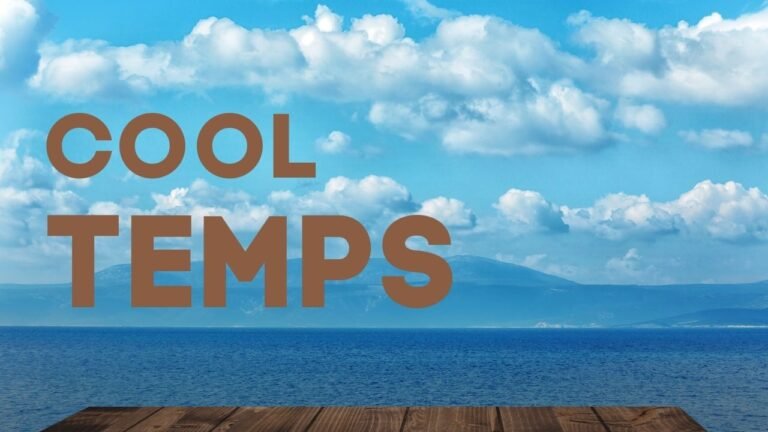Hurricanes Are Growing Stronger and Deadlier, Experts Warn
HARKERS ISLAND, N.C. — A North Carolina climatologist says hurricanes are getting worse — stronger, wetter, and more destructive — as rising ocean heat and slower storm speeds make landfall events deadlier and more widespread.
A Lesson From Beaufort’s Deadly 1879 Storm
Assistant State Climatologist Corey Davis began his recent talk at the Down East Resilience Network’s fall gathering with a grim history lesson: the Great Beaufort Hurricane of 1879, a Category 3 storm that killed 46 people across North Carolina and Virginia.
Davis recalled how locals at the Atlantic Hotel ignored warnings, assuming they were safe. “By 3 a.m., the rain had picked up, the wind was howling, and the floodwaters had risen to waist high,” he said. “It’s a tragedy in our state’s history.”
That tragedy, Davis explained, set the stage for understanding how storms — once considered coastal — now threaten communities far inland.
Forecasting Has Improved, But Risks Are Rising
Davis, part of the State Climate Office of North Carolina at N.C. State University, noted that hurricane prediction accuracy has vastly improved. In the 1970s, forecasts could be off by 400 nautical miles at 72 hours. Today, the error margin is typically under 100 miles, a major step forward.
Still, he said, “We’ve learned that accurate forecasts don’t always save lives unless people understand what those forecasts mean.”
Forecasters now stress rainfall and flooding hazards, not just wind speed — an important shift for inland residents who often underestimate hurricane threats.
Hotter Oceans Fuel More Powerful Storms
One of the most significant contributors to worsening hurricanes, Davis said, is rising global ocean heat content.
“The oceans have absorbed most of the warming over the last 50 to 60 years,” he explained. “When you’re seeing that much warm water, it means more seasons will be favorable for tropical activity.”
That extra heat energy helps storms intensify rapidly, sometimes jumping from a Category 1 to Category 4 in less than a day — as Hurricane Erin did earlier this summer.
“A warmer atmosphere acts like a bigger sponge,” Davis added. “It soaks up more moisture and wrings it out all at once — storms are getting wetter overall.”
Slower Storms, Heavier Rainfall, and Repeated Flooding
Hurricanes are also moving more slowly, causing prolonged rainfall and flooding. The 2018 Hurricane Florence dumped 36 inches of rain in southeastern North Carolina — “just unheard-of amounts,” Davis said.
Research shows that since the 1970s, tropical systems are stalling more often once they reach land. Florence, he noted, “slowed to a crawl and sat over us for days.”
That slow movement combined with dense coastal development has put more homes in harm’s way. “For every house bought out of the floodplain, ten new ones have been built there,” Davis said.
North Carolina’s Worst Storms Keep Getting Newer
Maps from Davis’s office show a striking shift: many counties that once listed Hurricane Hazel (1954) or Fran (1996) as their worst storms now name Florence (2018) or Dorian (2019).
“Fifty counties have seen their worst storm come in just the last decade,” he said. “The footprint of damage from Florence stretched from Cape Lookout all the way to Charlotte — something we’ve never seen before.”
History Repeating Itself — If We Don’t Learn
Davis closed his presentation with a warning: “We can’t just look at the storm category or wind speed to understand the danger.”
Even weak tropical depressions can unleash record rain, he noted, citing Tropical Storm Chantal, which dumped 10 inches on central North Carolina in just 12 hours.
He urged residents not to assume “thousand-year storms” are once-in-a-lifetime events. After Hurricane Floyd in 1999, many rebuilt in the same flood zones. Then came Matthew and Florence. “If it happens once,” Davis said, “it’ll happen again.”
Climate scientists agree that with warming oceans and urban expansion, the Southeast — especially coastal North Carolina — will remain on the front line of intensifying hurricanes for decades to come.
Residents are encouraged to stay informed, prepare early, and consider long-term resilience measures as storm behavior continues to evolve.
Readers can share how hurricanes have affected their communities by commenting on this story at SaludaStandard-Sentinel.com.







